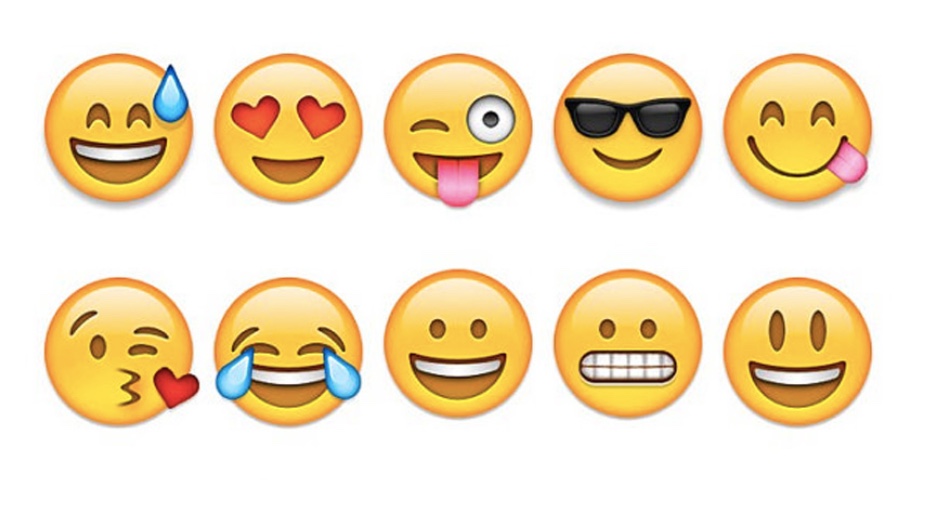Whether you realise it or not, something intuitive occurs in everyday life.
In this blog post, I will be discussing some social cues to assist you in creating better interactions and more meaningful judgements to those around you in your day to day life as well as online.
Nonverbal communication actually helps you to express yourself better – let’s look at how:
Making An Impact
According to Business Insider – It takes just 3 seconds for someone to determine whether they like you or not. This brings a completely new perspective to creating good first impressions.
Likeable body language can be anything from an expressive face, smiling, or leaving your arms uncrossed making you more approachable.
When sitting at a table or in a meeting, having open palms or a relaxed posture shows transparency and can assist in better communication.
Flirting
The power of the brow! Did you know when woman plush their brows from underneath it makes them look more vulnerable and helpless which in turn can be interpreted as submissive and more appealing to a man’s testosterone.
Exposing wrists is said to illustrate femininity.
Claiming your space takes back your power and shows that you are confident in a territorial way – own it.
Forming Your Opinion
Before I get into detail here’s a fun test – how to spot the “Alpha.”
Next time you are at a party or networking event, try this fascinating experiment: Find a group of three or more females — not too close but in your line of sight. Observe them for five minutes and take note of the direction of the women’s feet.
Almost always, women point their feet toward the person they are most interested in or who they feel is leading the group’s tempo. In only five minutes you will be able to see where most of the women are pointing their feet. Amazingly, you will notice that most of the women in the group will be pointing toward the same woman – even if they are in a circle and even if that woman is not talking. Behavioural investigator, Vanessa van Edwards, explains this is how to discover who the Alpha of the group is.
Posture And Attitude
The way a person holds themselves when standing or sitting illustrates many things:
Arms crossed at the chest may indicate a sense of defensiveness. Having ankles crossed while sitting or standing would suggest nervousness.
Although, we have to remember that no person is the same and these are only generalisations.
Facial expressions too, can be interpreted differently.
Consider how many different kinds of smiles you may have seen; various smiles can translate happiness, nostalgia, being annoyed or even sadness.
A lowered head with the face looking downward could mean the person is either hiding something, or just shy.
Lying
The world was shocked when Bill Clinton’s affair with Monica Lewinsky was proven, after he had vehemently denied it. Yet, many tell-tale signs that he was lying were apparent, such as touching his nose more than what is normal. When a person lies, blood pressure rises due to stress, which in turn causes the nerves around the nose to tingle or feel itchy.
Eye contact says a lot about what a person is thinking.
It is said that the eyes are the windows to the soul. There are so many things the eyes give away – even the inability to make eye contact too says a lot.
People tend to look upward and to the right when they are not being honest.
Micro-expressions
These are the minute facial expressions that are different from other facial expressions and are almost impossible to fake. Understanding nonverbal communications will enable you to not only interact and communicate with others better, but also improve your ability to express yourself.
Hand Movements
From flight attendants demonstrating the safety instructions of an aircraft, to conveying information the “Italian way,” hand gestures can be used to express information and emotion too.
Be mindful, of the awkward high five especially if you’re on live TV. The same can be said for handshakes.
The High Five Hack – if you want to give the perfect high five, look at the person’s elbow. You’re guaranteed not to miss.
Aside from the basic day-to-day gestures we are used to, there are some that strike a deeper note. A hand placed on the cheek or the stroking of the chin indicates the person is in deep thought. Nail biting or fidgeting suggests nervousness or insecurity.
Assumptions
Don’t misunderstand stress with dishonesty.
How many times have you known people who read too much into texts or phone calls, simply because the person on the other end was having a stressful day and didn’t respond, doesn’t necessarily mean they are angry.
Use your power!
Pay attention – To begin with, if you start by being more aware of nonverbal signs around you, it will immediately start improving your own interactions. There are also many small things you can do to communicate better without even saying a word.
Be mindful about your small gestures and trust your intuition.
It is pivotal to take account for how your own body language comes across as well as to trust your gut – intuition is a superpower and sometimes subtle messages can be the most powerful ones.
Think, if meeting someone for the first time, do you smile? If so, what does your smile say?
A firm handshake with eye contact and a solid smile would help you to come across more confident. It is easy to misread others or be misunderstood when stressed, so be aware of this when you are having a difficult day. The next time you receive a text or email when you feel particularly stressed, perhaps it is best to delay your response until you are calmer.
Practice these small techniques every day and every time when you’re talking with others and you’ll be a lot better at communicating with your body languages too. A smile and kindness can go a long way.
Body language hack: Watch this great TED talk that mentions power posing benefits and more!
On the topic of using Social Media effectively this month, it may make you wonder – how close to social media emojis is non-verbal communication?
Digitalizing it – Emoticons Matter
Social media has given rise to a new form of nonverbal communication.
People are now able to be clear about how they feel without words by one simple click of a button to show either a smiling face, a sad face or a “something else” face.
Science can prove how important they are:
- They make you popular
Simo Tchokni, from the University of Cambridge Computer Laboratory, conducted studies that show an analysis of more than 31 million tweets and half a million Facebook posts. The study uncovered that positive emoticons can be a social media status marker.
- They help you remember!
At the University of Missouri-St. Louis researchers studies proved that the presence of emoticons affects cognition as well, because participants’ scores on memory for chat content were significantly higher in the “emoticons present” condition than in the “emoticons absent” condition.
They create a better workplace – for example:
Research shows that emojis are being used increasingly more in professional contexts than ever before. Just make sure you’re using them appropriately when talking to clients and colleagues.
On a personal note
I Dislike this bottom left emoticon because I find it insincere and more of a grimacing face than an authentic smile. Call me silly, but it actually offends me. This Emoticon on the right feels much happier and more natural to me.
Do you notice a difference in how they make you feel when you see them in communication?
Let me know your thoughts in the comments!



